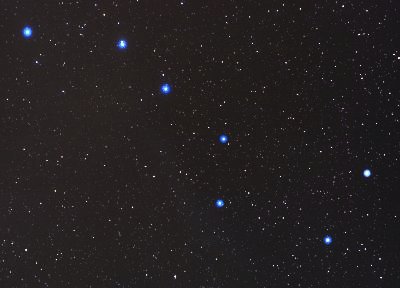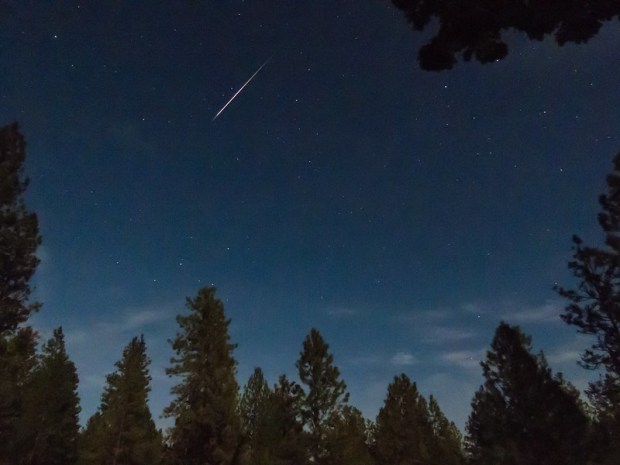
In 1869, British astronomer Richard Proctor discovered moving groups, saying: “I find that in parts of the heavens the stars exhibit a well-marked tendency to drift in a definite direction,” he said. One of Proctor’s prime examples consisted of the five central stars of the Big Dipper: Merak, Phecda, Megrez, Alioth, and Mizar.
In the 135 years since Proctor’s discovery, astronomers have uncovered many more stars that share the Dipper’s motion. These stars belong to the Ursa Major moving group (named after the constellation containing the Big Dipper asterism). Moving groups are an intermediate stage between star clusters, where most stars are thought to form, and field stars. Clusters typically survive for hundreds of millions of years before the gravity exerted by large clouds of interstellar gas and dust tears them apart. Moving groups, whose stars all partake in the same motion through space, have dispersed enough so they no longer look like clusters, but they have not yet taken on the random distribution associated with field stars.
In 2003, Clemson University astronomer Jeremy King and his colleagues examined some 220 stars researchers suspected might belong to the Ursa Major moving group. Using new distance determinations from the Hipparcos satellite as well as new velocity and abundance measurements, the researchers compiled an updated list of possible group members. They classified each candidate star into one of five categories — Yes, Yes?, ?, No?, and No — ranging from definite members to definite nonmembers. Thirteen definite members form the group’s nucleus, with a 14th (HD 111456) being a probable member. Forty-five other definite or probable members stretch across the sky from Cepheus in the north to Triangulum Australe in the south.
The PDF attached below lists all 59 stars King and his team classify as Yes or Yes?. The Roman numeral following the spectral type gives the luminosity class: III means giant, IV means subgiant, and V means main sequence star, like the Sun, which is classified as G2 V. Spectral types and luminosity classes are not available for all stars.









